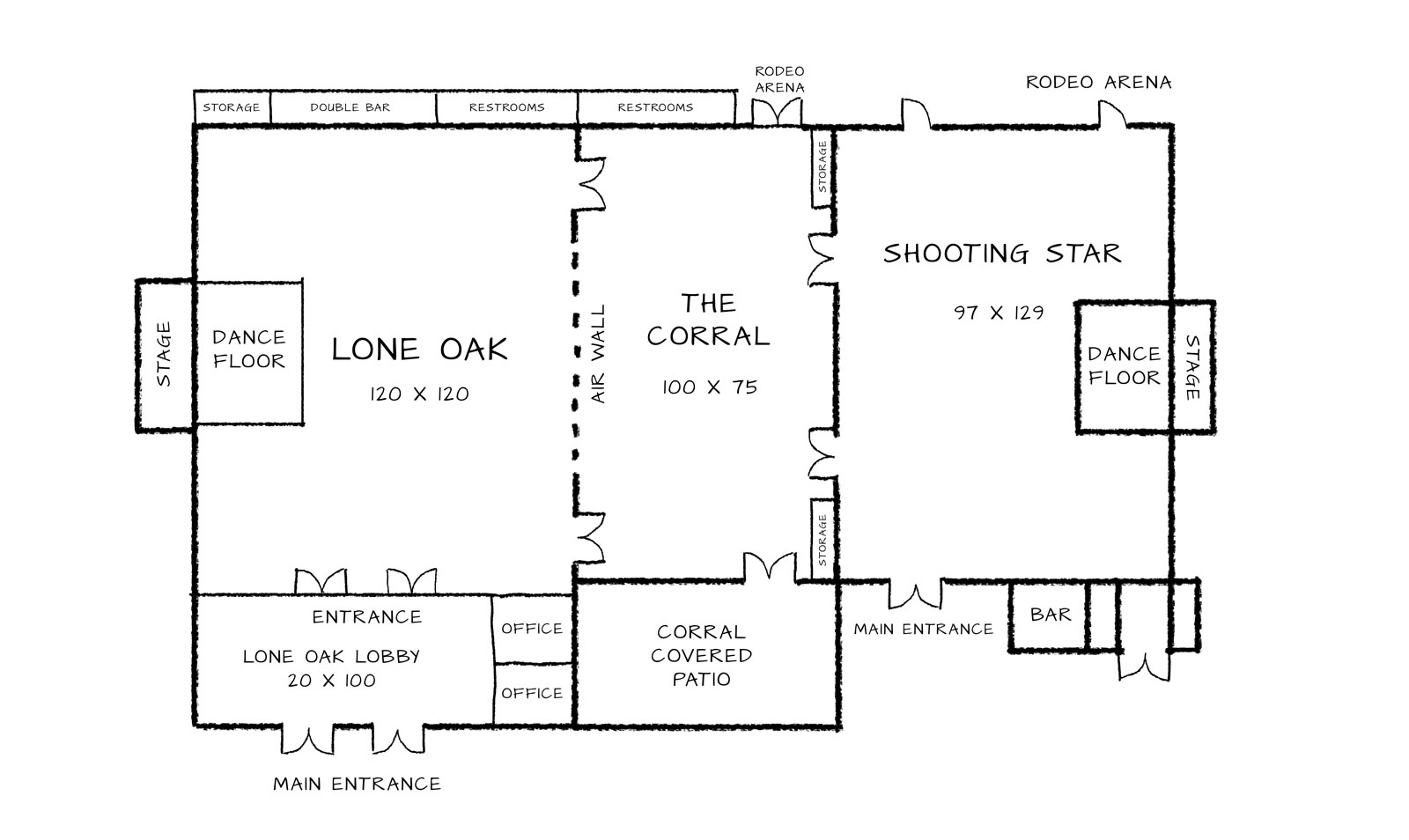Corporate retreats are more than just a break from the office—they are strategic opportunities to build team cohesion, spark creativity, and enhance productivity. A well-planned corporate retreat can lead to a more motivated and collaborative team, ready to tackle challenges with renewed vigor. Here’s how you can create an engaging and productive corporate retreat experience that leaves a lasting positive impact on your team.
1. Define Clear Objectives
The first step in planning a productive corporate retreat is to define the goals you want to achieve. Whether it’s team building, brainstorming new ideas, or strategic planning, having clear objectives will guide the entire retreat process. This clarity ensures that every activity and session is aligned with your desired outcomes, making the retreat productive and meaningful.
Tip: Engage your team in setting these goals. When employees have a say in the retreat’s objectives, they are more likely to be invested in the outcome, leading to better results and stronger buy-in.
2. Choose the Right Location
The location of your corporate retreat plays a crucial role in its success. Look for a venue that offers the right balance between comfort, accessibility, and inspiration. A location that is too close to the office might not provide the mental break needed, while a place that is too remote could lead to logistical challenges.
Pro Tip: Consider venues that offer a mix of indoor and outdoor spaces. Natural surroundings can stimulate creativity and provide a refreshing change of pace for your team, promoting relaxation and focus.

3. Plan a Balanced Agenda
A well-balanced agenda is key to keeping your team engaged and productive throughout the retreat. Mix structured sessions like workshops and brainstorming meetings with unstructured time for relaxation and team bonding. This balance prevents burnout and allows participants to recharge between sessions.
Example Agenda Structure:
- Morning: Focus on strategic sessions and goal setting.
- Afternoon: Breakout sessions for specific projects or team-building activities.
- Evening: Informal gatherings or social events to encourage bonding.
4. Incorporate Team-Building Activities
Team-building activities are essential for fostering camaraderie and improving communication within the team. Choose activities that align with your retreat’s objectives and cater to the diverse interests of your team members. These activities should be fun, inclusive, and encourage collaboration.
Activity Ideas:
- Problem-Solving Challenges: Foster teamwork and creative thinking.
- Outdoor Adventures: Activities like hiking or ropes courses build trust and cooperation.
- Workshops: Tailored sessions on communication, leadership, or stress management.
5. Provide Opportunities for Personal Development
Corporate retreats offer a unique opportunity for personal growth. Consider including workshops or sessions focused on skills development, wellness, or mindfulness. These sessions not only benefit the individual but also contribute to a more well-rounded and effective team.
Example Workshops:
- Leadership Training: Empower future leaders within your team.
- Wellness Sessions: Promote mental and physical health.
- Skill Development: Focus on areas like time management or public speaking.
6. Gather Feedback and Reflect
At the end of the retreat, gather feedback from participants to assess what worked well and what could be improved. This feedback is invaluable for planning future retreats and ensuring they continue to meet the needs of your team.
Tip: Use surveys or open discussions to collect honest and constructive feedback. Reflect on this input to refine your approach for the next retreat.
Create Your Productive Corporate Retreat
Creating an engaging and productive corporate retreat experience requires careful planning, clear objectives, and a thoughtful approach to balancing work and relaxation. By choosing the right location, planning a balanced agenda, and incorporating team-building and personal development activities, you can ensure that your retreat is not only enjoyable but also a valuable investment in your team’s success.





